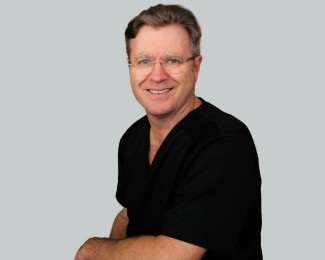Richard Evans - Vascular Surgeon
Description
Dr Richard Evans is a Vascular Surgeon who runs clinics in the greater Wellington region, the Kapiti Coast and the Wairarapa, New Zealand. Richard also performs varicose vein treatments in Auckland, Hastings, Palmerston North, Christchurch and Queenstown, New Zealand.
He is a Southern Cross Affiliated Provider for:
- Peripheral angiogram,
- Peripheral angioplasty,
- Peripheral angioplasty of distal limb,
- Peripheral angioplasty with stents,
- Duplex vein mapping,
What is Vascular Surgery?
Vascular surgery is the branch of surgery that involves the diagnosis and treatment of disorders of the vessels that carry blood away from (arteries) and back to (veins) your heart.
Vascular disorders include blockages and narrowings of the vessels, abnormal swellings of the vessels (aneurysm) or vessel malfunctions.
The disease processes involved in vascular disorders often involve other body systems and your treatment may therefore require the combined efforts of other medical specialists such as radiologists and general physicians.
Practitioners
Staff
- Practice Manager: Melissa Chan
- Vascular Access Nurse Specialist: Clare Odell,
- Registered Nurse: Sarah Treadwell,
- Registered Nurse: Kendall Brookes
- Registered Nurse: Ashleigh Robinson
Charges
- Contact us
- Make an appointment
- Referral
